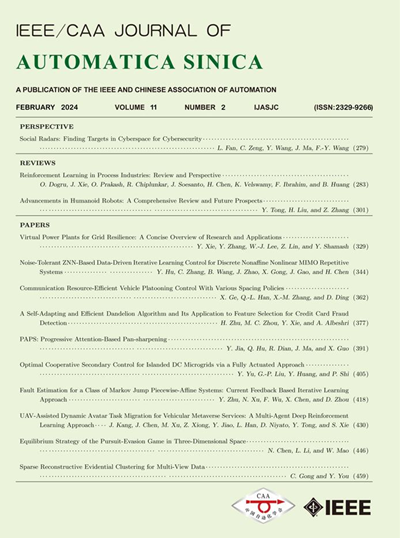基于几何流的深度黎曼度量学习
IF 15.3
1区 计算机科学
Q1 AUTOMATION & CONTROL SYSTEMS
引用次数: 0
摘要
深度度量学习(Deep metric learning, DML)通过将传统度量学习与深度神经网络无缝集成,在视觉理解任务上取得了很好的效果。现有的深度度量学习方法侧重于设计基于对的距离损失,以减少类内距离,增加类间距离。然而,这些方法未能保持嵌入空间中数据的几何结构,导致空间结构在小批量之间发生偏移,可能会减慢嵌入学习的收敛速度。为了缓解这些问题,假设输入数据嵌入在低维子流形中,我们提出了一种新的利用非欧几里德几何结构信息的深度黎曼度量学习(DRML)框架。考虑到数据的曲率信息衡量黎曼(非欧几里得)度规偏离欧几里得度规的程度,我们利用几何流(称为几何演化方程)来表征黎曼度规与其曲率之间的关系。我们的DRML不仅对隐藏层嵌入的局部邻域连接进行了正则化,而且对嵌入进行了调整以保持数据的几何结构。在几个基准数据集上,所提出的DRML优于所有现有的方法,这些结果证明了它的有效性。本文章由计算机程序翻译,如有差异,请以英文原文为准。
Geometry Flow-Based Deep Riemannian Metric Learning
Deep metric learning (DML) has achieved great results on visual understanding tasks by seamlessly integrating conventional metric learning with deep neural networks. Existing deep metric learning methods focus on designing pair-based distance loss to decrease intra-class distance while increasing interclass distance. However, these methods fail to preserve the geometric structure of data in the embedding space, which leads to the spatial structure shift across mini-batches and may slow down the convergence of embedding learning. To alleviate these issues, by assuming that the input data is embedded in a lower-dimensional sub-manifold, we propose a novel deep Riemannian metric learning (DRML) framework that exploits the non-Euclidean geometric structural information. Considering that the curvature information of data measures how much the Riemannian (non-Euclidean) metric deviates from the Euclidean metric, we leverage geometry flow, which is called a geometric evolution equation, to characterize the relation between the Riemannian metric and its curvature. Our DRML not only regularizes the local neigh-borhoods connection of the embeddings at the hidden layer but also adapts the embeddings to preserve the geometric structure of the data. On several benchmark datasets, the proposed DRML outperforms all existing methods and these results demonstrate its effectiveness.
求助全文
通过发布文献求助,成功后即可免费获取论文全文。
去求助
来源期刊

Ieee-Caa Journal of Automatica Sinica
Engineering-Control and Systems Engineering
CiteScore
23.50
自引率
11.00%
发文量
880
期刊介绍:
The IEEE/CAA Journal of Automatica Sinica is a reputable journal that publishes high-quality papers in English on original theoretical/experimental research and development in the field of automation. The journal covers a wide range of topics including automatic control, artificial intelligence and intelligent control, systems theory and engineering, pattern recognition and intelligent systems, automation engineering and applications, information processing and information systems, network-based automation, robotics, sensing and measurement, and navigation, guidance, and control.
Additionally, the journal is abstracted/indexed in several prominent databases including SCIE (Science Citation Index Expanded), EI (Engineering Index), Inspec, Scopus, SCImago, DBLP, CNKI (China National Knowledge Infrastructure), CSCD (Chinese Science Citation Database), and IEEE Xplore.
 求助内容:
求助内容: 应助结果提醒方式:
应助结果提醒方式:


